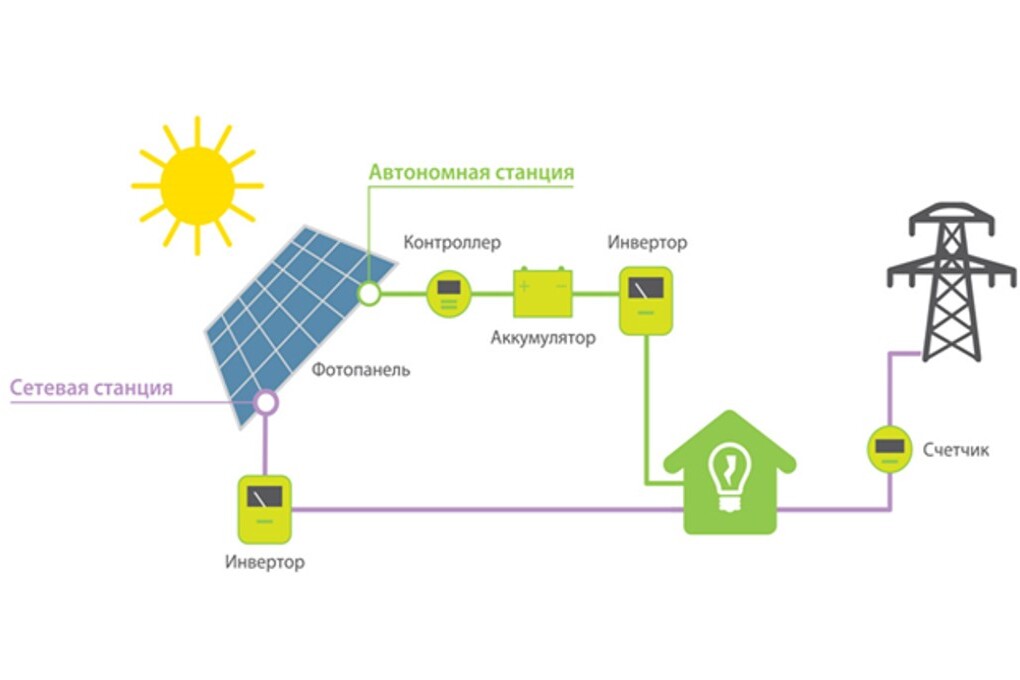Photovoltaic panels

Today, renewable energy sources (RES) are attracting more and more attention of both ordinary people and leaders of many states and international organizations due to their environmental friendliness and the ability to generate electrical energy throughout the daylight hours.
Modern solar panels consist of a chain of photovoltaic cells - semiconductor devices that convert solar energy directly into electrical current. The process of converting solar energy into electrical current is called the photoelectric effect.
A modern photocell consists of silicon, it is quite efficient (efficiency from 15 to 25%) and is available for mass production. However, developments in this direction do not stop. The current goal is to simplify and reduce the cost of the production process of solar cells, as well as increase efficiency.
The solar panel consists of a set of photocells connected to an electrical network, since individually they are not very effective. Depending on the number of such elements, the power of the entire panel or solar battery is determined.
The design of the battery itself consists of a frame on which the photocells are located. They are fixed in such a way that it is possible to replace any of them. A transparent protective panel made of glass or heavy-duty plastic is installed on top, which protects the device from precipitation and other objects.
However, solar panels are only part of the whole power plant. It also includes other elements:
- Accumulator battery.
- charge controller.
- inverter.
- Stabilizer.
The battery accumulates and stores the extracted energy. The controller controls the power, connects and disconnects the battery, analyzing the charge level. An inverter is also called a converter: this equipment converts direct current into alternating current. Thanks to him, electricity can be used for domestic purposes. The last component of the power plant is the stabilizer. It protects the entire system from power surges.
